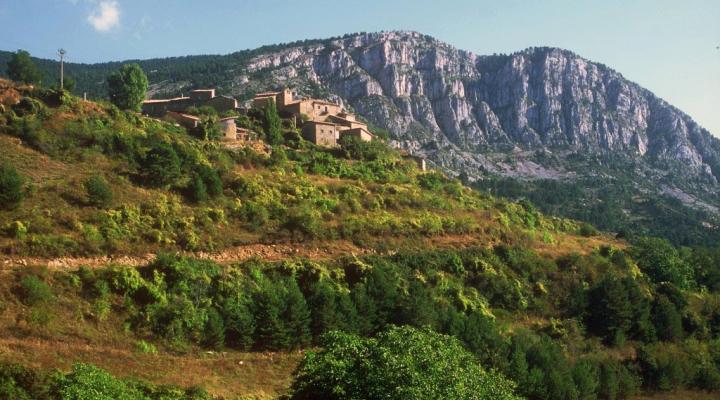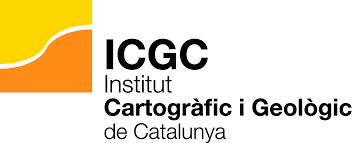
Alinyà Mountain
A great setting and refuge for emblematic species such as the chamois or the wood grouse, the Alinyà Mountain Nature Space is located in the Catalan Pre-Pyrenees, the only region in Europe where you can see with ease the four species of vultures that live on the Old Continent: Common Vulture, Bearded Vulture, Black Vulture and the Egyptian Vulture.
ALL THE SPACES IN THE NETWORKA unique landscape
The Alinyà Mountain is located on the southern slope of the Pyrenees. This mountain range was formed during alpine orogenesis. For more than 50 million years, tectonic efforts were raising this mountain range, folding and crowding large rock units. The Alinyà Mountain is in an area that is, geologically speaking, very complex. We find Mesozoic materials over Eocene (Tertiary) materials, that are much more modern and all these units over the Oligocene (Tertiary) materials of the Ebro basin. These tectonic units form a unique landscape formed by high terrain furrowed by deep valleys.
Both the Mesozoic and the Eocene rocks are predominantly calcareous with interlayered loam and clay levels. Clay levels serve as a detachment from overlapping units. Both types of rock have remarkable fossiliferous wealth. It is noteworthy that in the nearby area of Coll de Nargó, the Mesozoic rocks contain important fossil remains of dinosaurs.
The predominance of calcareous materials contributes to the infiltration of water into the subsoil, leading to dolines, caves and gralleras or bofias (local name of the abysses). Also worth mentioning is the presence of mining activities, such as the mineralisation of bauxite (aluminum ore), the Juanita de lignit mine (currently restored), one of clay and two of gravel.
The complex structure of the area, with continuous changes of materials, offers us a very varied landscape, with sharp contrasts between flat areas where very soft materials are found that allow the development of vegetation and abrupt terrain, mainly calcareous, with cliffs and little vegetation coverage.
